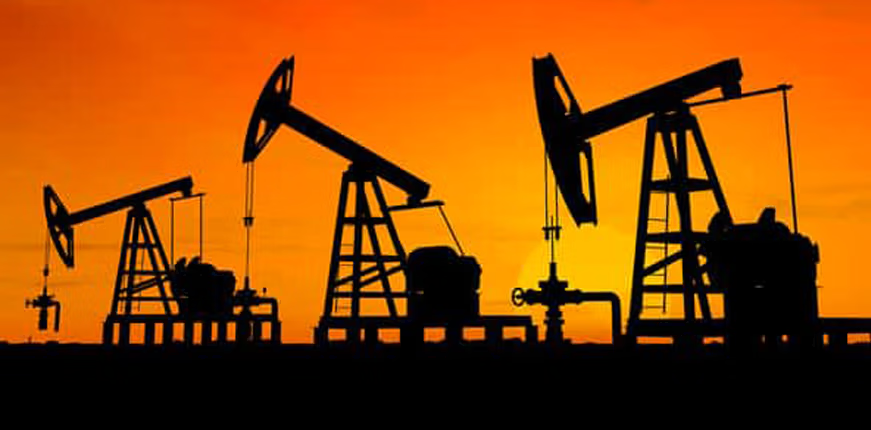The Growing Role of Big Data in the Oil and Gas Industry

Oil and gas companies have only recently begun to realize the full potential of big data in the industry.
Data-recording sensors upstream can boost efficiency, increase safety, reduce drilling time and improve supply chain management — and those are only a few of the many possible benefits of big data analytics in the oil and gas industry.
BDO Global estimates that the average exploration and production (E&P) company uses only 10% of its big data. That percentage will continue to grow in 2023 as big data solutions streamline processes and unlock new opportunities for upstream oil and gas companies.
Here’s what you need to know about the big data trend and how it hints at a bright future for the oil and gas industry.
What is big data?
SAS defines big data as “data that is so large, fast or complex that it’s difficult or impossible to process using traditional methods.” Six main attributes characterize these large datasets: volume, variety, velocity, veracity, value and complexity.
The first three characteristics — volume, variety and velocity — are the most important for big data analytics in the oil and gas industry. Because of the number of tracking assets and Internet of Things (IoT) devices available, upstream companies receive a high volume of data in various formats. Much data requires real-time monitoring, storage and evaluation, a task made easier by the cloud and artificial intelligence.
The oil and gas industry is quickly becoming more data-intensive, with more companies investing in big data solutions to ease the burden of tracking and analysis.
How can big data add value for oil and gas companies?
Big data analytics has the potential to significantly improve the efficiency of oil and gas exploration and production and prevent unplanned outages caused by equipment failure.
According to IBM, an average offshore oil and gas company has around 27 days of unplanned downtime in a year, leading to annual losses of up to $88 million. However, with predictive analytics, engineers can understand how their equipment will perform in different conditions and identify issues before they occur.
For example, monitoring well data during drilling can help companies to identify kicks and avoid blow-outs. It can also reduce lag time, optimize well spacing techniques and more. Other data sources can help oil and gas companies see when equipment comes under high stress or tension so they can quickly schedule preventative maintenance.
Bain & Company found that companies with better analytics capabilities were twice as likely to be in the top quartile of financial performance in their industries and five times more likely to make decisions faster. Bain predicted that data analytics could improve oil and gas companies’ production by up to 8%.
What are the challenges of applying big data?
The volume of data continues to be a challenge for oil and gas companies. Companies may receive 10TB of data per day for a single well, according to S&P Global. The wealth of data received requires careful data management practices and rapid analysis, which some companies may not have the business support to handle effectively.
Even as technological improvements make data storage and computations more accessible, the cost of recording, storing, managing and analyzing big data is steep. Maintaining quality data can also be costly, as companies must make investments to professionally process and filter the data before any analysis can happen.
How will big data impact the oil and gas industry in 2023?
Despite the challenges, two-thirds of upstream oil and gas professionals said in an Accenture survey that analytics is one of the most critical capabilities for transforming their companies in the future.
As oil and gas companies invest more in building a solid data foundation, they will make decisions more quickly and confidently, thus increasing energy resilience and leading to new, innovative processes.
About Catco
Catco helps companies in the oil and gas industry build energy resilience by ensuring their natural gas production, processing, transportation and distribution continue in any condition. Learn how our products can support your business by scheduling your discovery call today.

